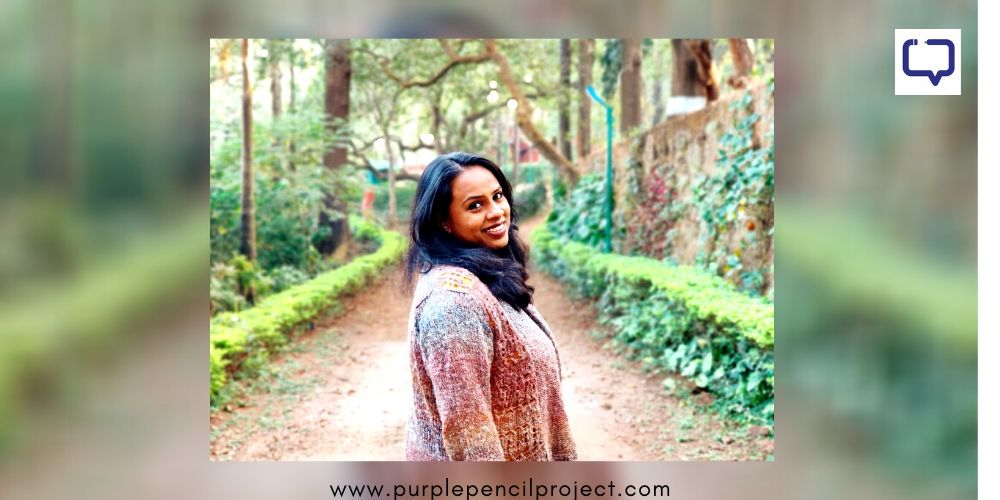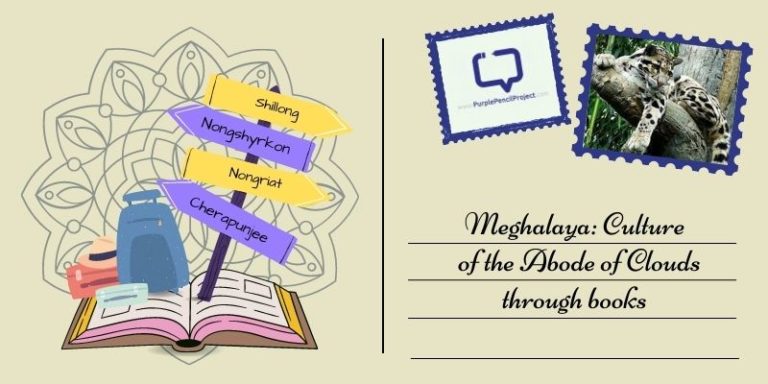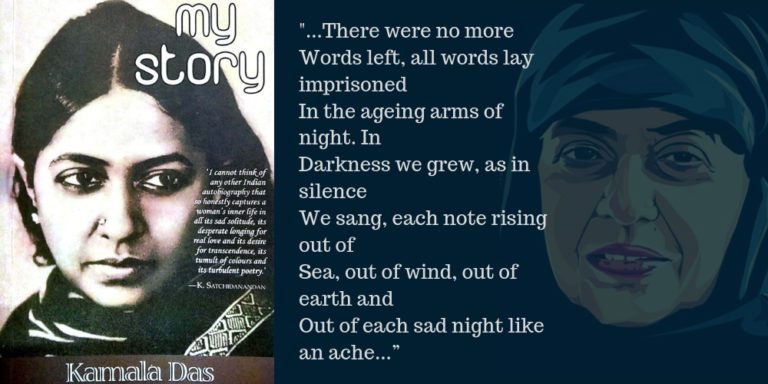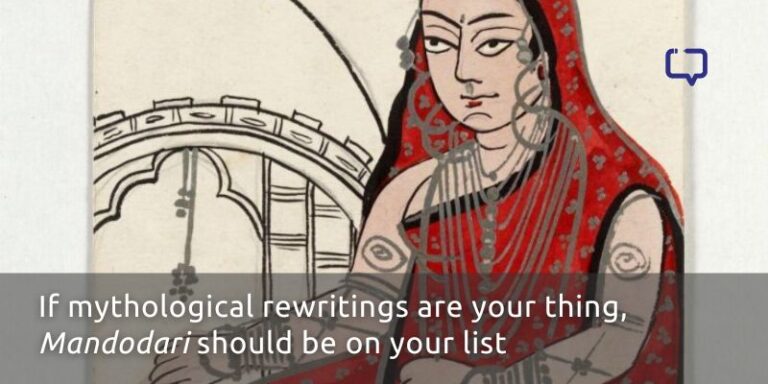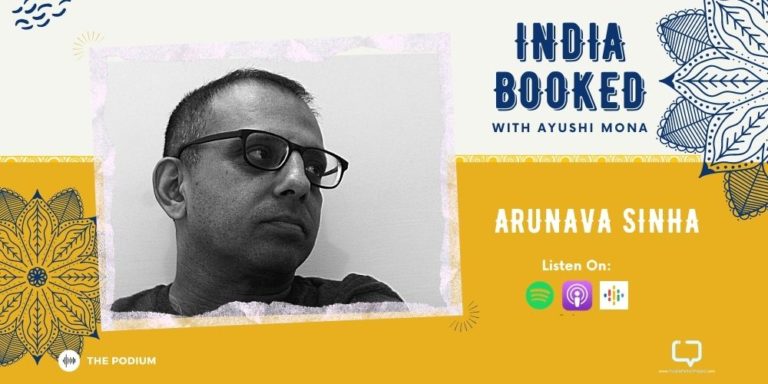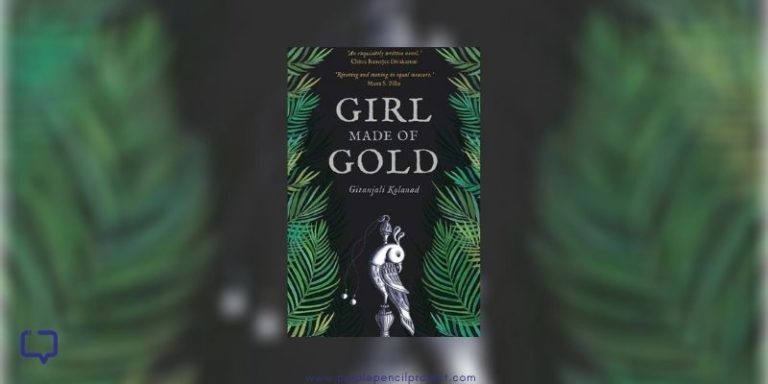We caught up with author Jane Borges, whose debut fiction novel Bombay Balchão released in 2019, captures the life and role of the Catholic community of Bombay, from independence to today.
Let’s start by talking about the non-fictitious nature of Bombay Balchão. You mentioned you carried out extensive research to learn about Cavel and its history, and also drew from your own experience as a resident. Is writing fiction based on real-life a slippery slope?
Jane Borges: Bombay Balchão is fiction, in that the characters are not real, the place is real, but even in the narrative I have fit Cavel in a fictitious lane. Cavel is otherwise on Dr Vegas Street, but in Bombay Balchão it is on Dr D’Lima Street.
I did that because I wanted to engage readers in stories about Bombay and its people, and not make this an extension of my journalistic work. People don’t often have very interesting lives and fiction makes it easier to bring in the masala – introduce you to a world of possibilities, a fantasy to live in – and escape from the monotonous reality.
In fiction, a writer brings her own reality, even if it’s inspired by real people or places.
There is no character in the book that is an exact version of a person that exists. All of them are inspired. Yes, I have picked up bits and pieces from their lives, like their traits, or an important incident. No one can read a story and say, “Hey I know this person.” Honestly, I think it would be unfair to tell the stories of people, living or dead, without their permission.
For instance, one of my very dear friends, a veteran journalist who passed away in 2018, told me that when he was at The Indian Express, he had kept a beard, in order to evade the attention of the mafia, whom he had written about. He soon realised that this disguise worked. After a while he got used to having a beard on him. I thought this was a very interesting nugget about his life, and I decided to incorporate this episodein the book. Michael who is somewhat of a protagonist sports a beard for a similar reason, but he is nothing like my friend.
Your career has been rooted in urban history and culture. I am thinking about how documenting cultural heritage has become so popular on Instagram – how do you view this transition?
Jane Borges: There’s been a lot of work done over the decades, documenting cultural and urban history, and our heritage. Instagram has made it accessible to a lot of people, and made people like you and me co-creators in this process.

Pictures are one way to archive the stories we live and experience, and Instagram has made all of us into participants of archiving history. I can now put up pictures of different places of and around my neighbourhood, my family, their everyday life, and in the process, I’d be documenting my experience of life.
It’s a very interesting shift. Earlier, this task was restricted to a few; people who had the tools to study and research history. Now everyone and anyone can do so, and if it’s helping document stories, I think it’s a step in the right direction.
What are some of the good, authentic cultural heritage accounts you admire and follow?

- Arts of Hindostan: The Insta account has an interesting curation of Indian artefacts, design, fashion and paintings from the pre-independence period, the British Raj.
- I also like Aanchal Malhotra’s Instagram account. She is the author of The Remnants of Partition, and is basically collecting objects of memory from before and during the partition. So, there may be a mirror, utensil, photograph, accompanied by beautiful, detailed backstories about the families that owned them.
- There are a lot of Bombay accounts I love, too. There’s @mumbaiheritage, @everydaymumbai, among others.
Do you think Bombay Balchão can be reimagined as a cultural tour either in real life or via Instagram?
Jane Borges: Bombay Balchão as a tour – it could for sure. I’ve already done a walk in January with a Mumbai-based book club. We walked for around 2 to3 hours around Cavel and other Catholic neighbourhoods. It was an extension of the research I haddone and it was nice to tell them where my characters were set, this is what I’ve done in the book or this is the place I talk about in it.
We need to revive interest in neighbourhoods like Cavel, which have completely vanished from our memories. Such tours spark lovely conversations around it.
What do you think it is about Bombay/ Mumbai which allows it to have this endless stream of stories?
Jane Borges: As clichéd as it sounds, it’s a city that’s alive. Once a Mumbaikar, forever a Mumbaikar. You can’t get it out of your veins. And no matter where you go, you carry a part of Mumbai with you.
This is what I write about in the novel as well. Cavel’s people are now migrating abroad and one of the characters, who left the neighbourhood and moved to Goa, says:
But what I realised after staying away from Cavel all these years is that you end up taking a part of this place with you wherever you go. And then you start another Cavel in your new home. Cavel is not just a place, it’s also the sum total of its people and their experiences. And because its people are everywhere, Cavel is everywhere.
That’s Mumbai for you. A person from Mumbai looks at life with a completely different lens, I can say that because I’ve lived and travelled to different places in the world. I don’t feel the same way about any other city.
There are stories happening everyday here; for a writer this is a hotbed for inspiration. Every person has a story, every life that lives here lives it differently.
The city has heart; it will open its heart when you least expect it. It’s very generous, very warm. I see people who live in busy cities, and they keep to themselves, but even though Mumbai is a busy city, you’re still aware of your surroundings, you’re still aware of the life and the people around you.
We all associate Bombay with the Irani cafes, the old-world buildings, the charms of those gullies that you walk into, which we still romanticise in our literature and still write about because there are only few remnants of it and we are struggling to hold on to it, even if only through our stories.
Mumbai is present, Bombay is past, and you always tend to look at the past with a certain fondness, it tends to inspire more than the present.
Surprisingly, I never lived in ‘Bombay’ Bombay, I only came to Mumbai in 2003. But growing up, my summer vacations were always here, and me and my family would do all the usual things – go to the aquarium, visit museums, go to Chowpatty.
I think I fell in love with Bombay when I was a kid, and though it has changed, it still has that vibe, that energy, those people; they are still so very Bombay, and that’s the best part.
Which are the Bombay novels you enjoy reading?
It will be unfair to pick any one book about Bombay, because there are lots of them.
- Murder in Mahim, a very underrated thriller book by Jerry Pinto. It takes you through the sounds and sights of Mahim, Matunga, Bandra; you experience that through his writing. It’s brilliantly written.
- Em and the Big Hoom, again by Jerry Pinto. It’s not so much about Mumbai but it’s about a family that lives in a small flat in Mahim
- Ravan and Eddie by Kiran Nagarkar, the quintessential Bombay novel about two boys from a Mazagaon chawl
- Saraswati Park by Anjali Joseph
- Amrita Mahale’s Milk Teeth, about Mumbai in the 90s, it’s very romantic, very nostalgic, and at the same time it draws you into the city’s history, the shift from the old world to the new
- Saadat Hasan Manto’s Bombay Stories
- Murzban F. Shroff Breathless in Bombay
Do you think the rise in representation on social media saturates this space of Bombay stories or city stories in general?
Jane Borges: No. If you’re talking about writing for instance, each Bombay book that has come in the last 20 years has been different from the other and every book has a new story to tell.

I think we are engaging more with our city, and it’s a good thing; it’s not done to death as yet. And in any case, it’s always good to have too much of something because then you can select the stories that really enhance your experience of a place.
Editor or writer/author – what role do you enjoy more? How does each influence the other?
Jane Borges: I started my career in journalism as a sub-editor, editing news copy, and then became a features writer. Now, at Sunday Mid-Day, I both write and edit.
I think they work well together. When you bring editing sensibilities into your writing, there’s more focus on what you’re saying and how you’re saying, how much should you say, you know where to curtail, where to hold, where to stop. Writers have a tendency to go on and on, and get too involved with their story.
When I write, my editing sensibilities work their way in. I stop when I feel like I’m overdoing it, especially, if a sentence has been stretched too long. I don’t know whether it’s an advantage or a disadvantage, that is still waiting to be seen, but it’s nice to have both these qualities, hold back, give out.
I like both. There are days where I will not write, thank god for my editing job because it saves me, because I’m still busy, I’m still editing. And there are days when I’m not editing and just writing. This balance is perfect for me,
Do you need to resist the urge to self-edit as you write your drafts?
Jane Borges: I can’t help editing while I’m writing. I rewrite the same sentence 10 times because of that. I do practice writing first and then going back to editing the whole thing, but after a point it comes naturally, you can’t do much about it.
You have mentioned how you grew up making up stories as a kid. What are the kind of books you grew up reading? What other storytelling formats do you enjoy?
Jane Borges: I did not read too much as a child and I regret that a lot. I did not have the patience to read an entire book. I used to play the electronic keyoboards, and loved playing basketball and badminton, butbooks would pin me down, and I didn’t like that.
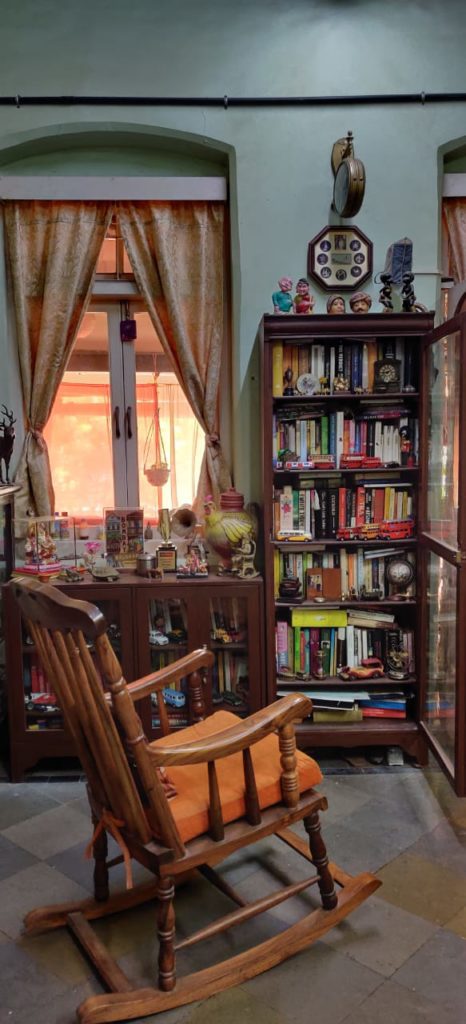
I did read Ruskin Bond, Enid Blyton, Nancy Drew, Famous Five, but these too, were few and far between. I started reading only when I was around 15, and I never stopped after that!
I love oral stories. I’ve just taken to audiobooks. I listen to biographies or memoirs. I quite liked Michelle Obama and Lisa Ray’s memoirs (Audible). I love history and historical non-fiction.
In fiction, I like reading short stories. I still like the novel format, but with short stories – they’re quick, you can pick up a story, read it and put the book back and not feel like you are missing out on something.
Have you considered writing for kids, fiction/fantasy that’s not necessarily inspired by your immediate surroundings?
Jane Borges: No, I haven’t considered it but it would be nice. I don’t know if I have that sensibility yet, because you really need to be very creative when you’re writing for kids. You are getting into the mind of a child who looks at the world very differently from you, who looks at the birds, and the animals and the people and the roads and the trees, like they’re something else, like they’re some other creatures altogether. So, I think that sensibility is something you need to acquaint yourself with, you have to become a child for that. I would love to someday.

It’s lovely to see the growing group of children’s writersin India: you have Jerry Pinto, Anita Vachharajani. Priya Kurian is doing fabulous work with her spot-on illustrations.
As for fantasy, I would do a terrible job of it. I like the comfort of the familiar. Fantasy is unfamiliar; you make up a world and hope someone likes it as much as you. I don’t know if I can create something as beautiful and real as JK Rowling did.
If it happens, it happens. I will not say I will not venture in that space, you never know. I never knew I would write a book on Cavel either and yet Bombay Balchão happened.
Who are your favourite Indian authors? Are you acquainted with any Portugese or Goan literature that you think should be discussed and read more widely?
To start with:
- Jerry Pinto: He is my all-time favourite Indian writer
- Kiran Nagarkar, I liked all his books, especially the Ravan and Eddie series..
- There is Benyamin, I really like his book Jasmine Days and his new book Al Arabian Novel Factory, as well.
- Manu Joseph, he is hilarious. I love writers who have a sense of humour, very earthy, very natural. Even Nagarkar was very good at it
- R.K. Narayan, Ruskin Bond, they were part of my growing up years.
Unfortunately, I don’t know much about traditional Goan or Portuguese Literature, I am only partly Goan, and I have not had the opportunity to engage so much with that literature, but I know there is a lot of good work out there.
Truth be told, I’m still getting in touch with my roots and exploring newer literatures. There is Maria Aurora Couto’s Filomena’s Journeys: A Portrait of a Marriage, a Family & a Culture, one of my all-time favourite works from Goa. It is a heatwarming memoir written by a daughter.
Are you working on anything right now?
Not yet. There are ideas. I can be very slow when it comes to this, I’d like it to take its own course and it needs to be organic, otherwise I wouldn’t do justice to it. I do want to talk about communityspaces, city spaces. So yes, something on those lines and when the idea will come, I’ll be able to talk about it. It is too soon right now.








